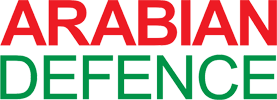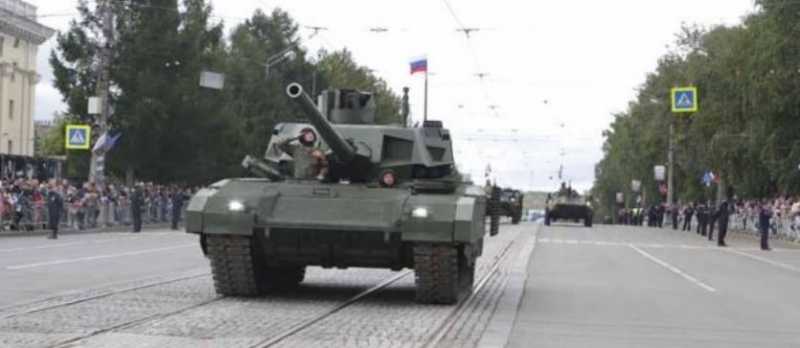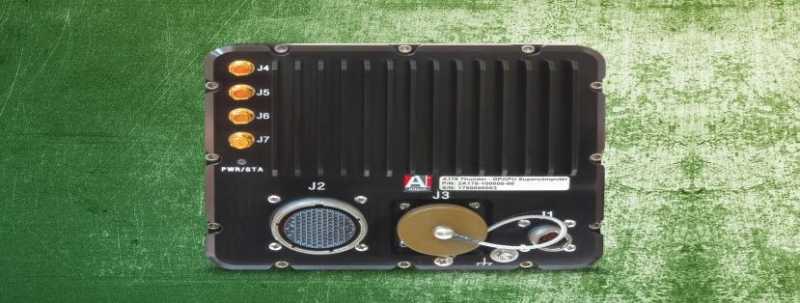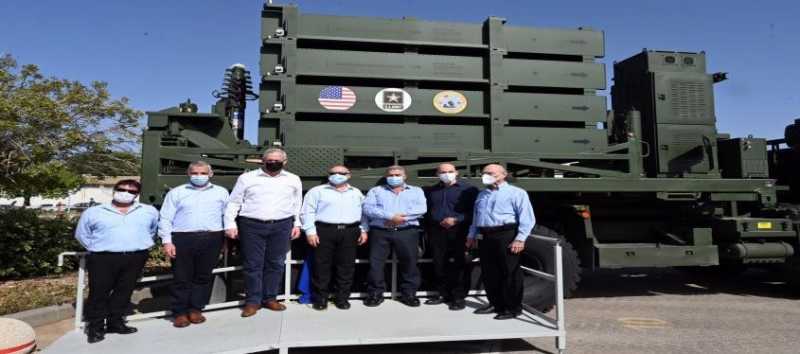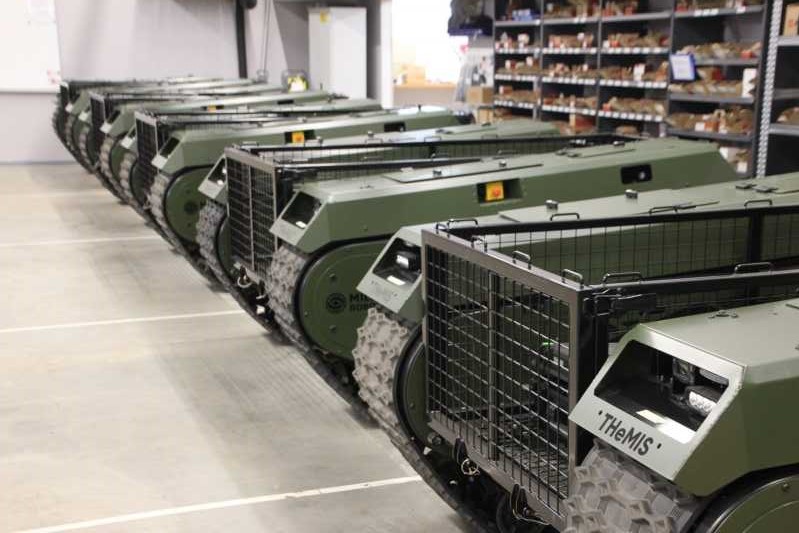
L3 Harris is making a significant impact at IDEX 2025, with Viper Shield and T-EOD as the major highlights. Viper Shield is a low-risk, low-cost system designed to counter modern radar threats with immediate detection and advanced jamming responses, disrupting the adversary’s kill chain. Unlike other EW system providers, Viper Shield integrates across all F-16 Blocks with minimal modifications to the aircraft and is fully configurable with both the current Mission Modular Computer and the Next Generation Mission Computer.
“We’re in an exciting phase with Viper Shield. It’s now in production, marking the end of the development cycle, and has entered flight testing. The system has been installed on an F-16 at Edwards Air Force Base, with at least the first two flights already completed. This is an exciting time as we move toward delivery, which is scheduled for the end of 2025 to Lockheed Martin, followed by installations shortly after,” says Travis “Posum” Ruhl, Director, International Business Development, Viper Shield Lead & EW SME, L3 Harris.
Viper Shield is designed with fewer critical components than previous generation EW systems. This results in a smaller form factor, reduced weight, a higher mean time between failure, and lower lifecycle costs. The modular design supports the swapping of line replaceable units (LRUs) in the field, and its forward-looking design allows for future growth and enhancements. With its 3U COTS technology and software-defined architecture, future upgrades are simplified, enabling affordable modernization with new capabilities and minimizing obsolescence.
Another major attraction is the T4-EOD. L3 Harris’ family of robotic systems is built for even the toughest military and commercial missions. Deployed worldwide, the T7™ and T4™ are durable, intuitive, and exceptionally high-performing, pushing the boundaries of robotic capabilities.

“What we’re trying to do with this robot is give it the ability to go after threats that are placed by people. The T4 has a very long, strong arm. It can basically reach everywhere a person can reach and lift everything a person can lift. So, even though it’s only a 105-kilo robot, it can lift 55 kilos with the arm,” says Dr. Paul Bosscher, Chief Engineer, Robotics Division, L3 Harris.
“The main difference comes down to the size of the threat you’re addressing. The T7 is large, with an arm over two meters long, making it powerful enough to handle threats like a vehicle-borne explosive device. Its size and strength allow it to effectively dismantle a car. On the other hand, the T4 is more compact, making it better suited for tight spaces, such as indoors, in an apartment building, or a subway. A larger robot would struggle in these environments, but the smaller, more compact T4 can maneuver in those areas with ease. While the T4’s arm isn’t as strong as the T7’s, it’s still long and strong enough to perform the key tasks needed to address threats placed by individuals,” he explains about the differences between T4 and T7.
L3 Harris’ robust, ruggedized, and highly reliable T7 and T4 robots help EOD operators maximize the potential of high-power disruptors, achieving accurate and impressive power on target without risking damage to the robot. These systems offer the precision, durability, and dexterity required to ensure mission success.
